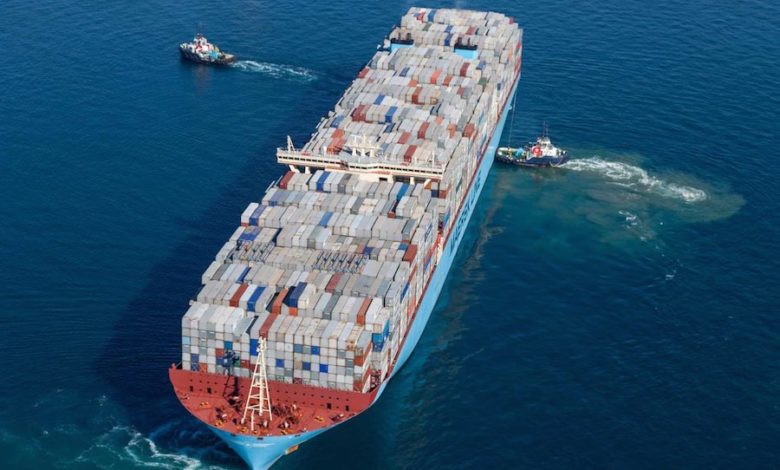Rates to the US west coast hit records, leaving analysts puzzled

Analysts are at a loss to explain at how when the US has just recorded a 32.9% drop in quarterly GDP figures rates on the transpacific to the US west coast have hit record highs.
In the 10 years since the Shanghai Containerized Freight Index was launched rates to the US west coast have never been so strong, rising by $463 to hit $3,167 per feu over the past week. Rates to the US east coast from Asia are also strong at $3,495 per teu, but still a long way short of the records set during the US west coast labour dispute.
Moreover, analysts at Copenhagen-based Sea-Intelligence note that Asia-North America west coast capacity is scheduled to grow 8.4% year-on-year, while capacity to the east coast is set to grow 12% year-on-year in Q3, both record growth rates since the 2010 rebound from the global financial crisis, crowning this particular transpacific container shipping peak season as the strongest in a decade.
Flummoxed analysts at Sea-Intelligence admitted: “We can provide no rational arguments for why 2020 should see a structurally strong TP peak season.”
A less optimistic picture is emerging on the other major trade land from Asia to Europe, with Sea-Intelligence forecasting capacity will contract on the Asia-North Europe route by 0.5% this quarter and by a far steeper drop of 9.2% on the Asia-Mediterranean route.

”Analysts” or just one company? Which other analyst companies have been asked for their opinions?
Isn’t this simply a case of timing?
The GDP figures evidence a drop in shipments (demand) over a historic quarterly period whereas the rate drop is predicated on spot market developments of restricted space (supply) before tonnage restrictions were being eased. Surely the TP market rates will re-balance once the effects of the additional tonnage are felt, causing the SCFI and other indexes to decline in August and September (especially as the peak season shipments have already been predicted to be weaker this year).
Faites vos jeux.